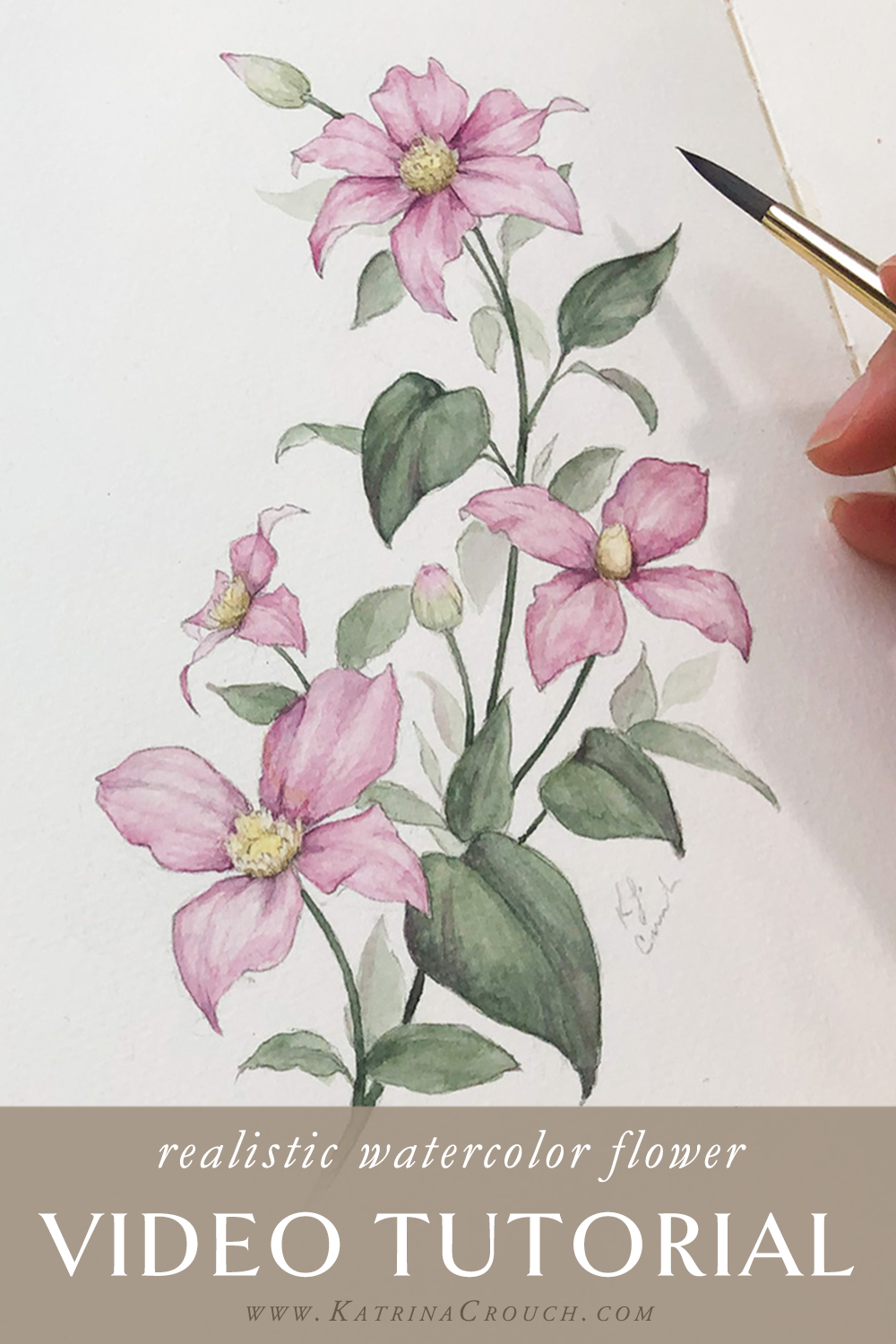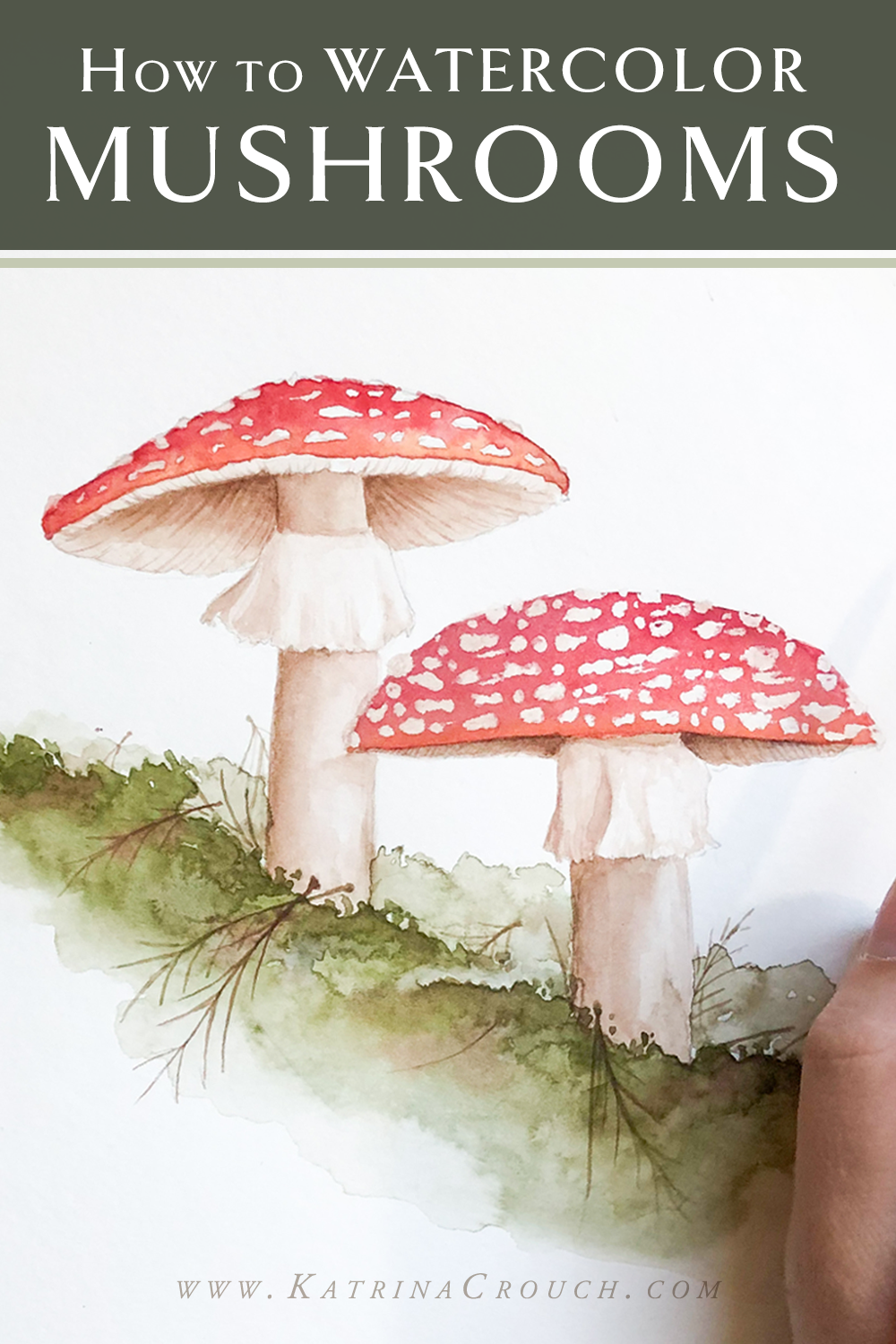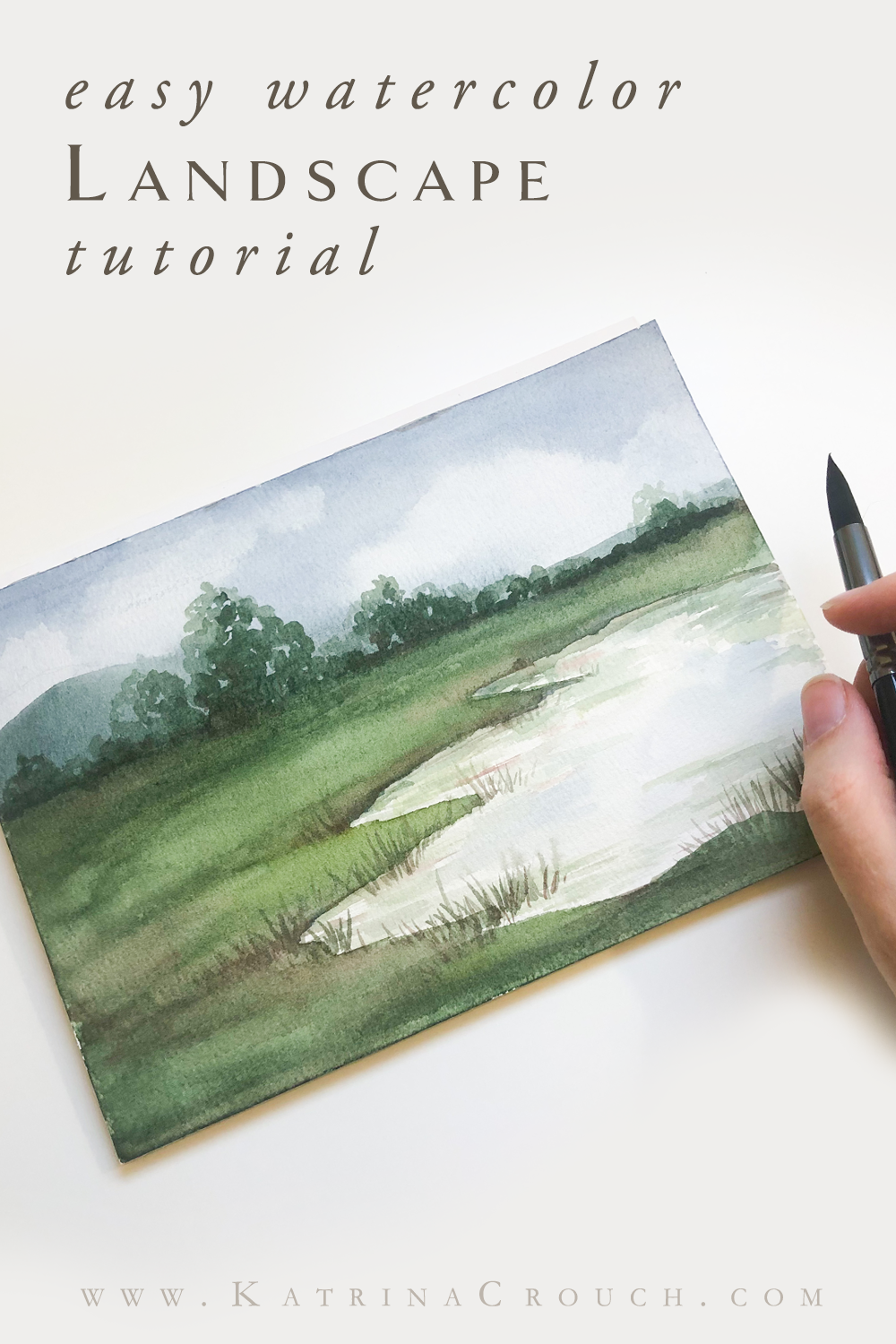How to Watercolor Hibiscus Flowers
Could this be considered a continuation in our “bee” series? It’s not really a bumblebee, but it’s the flowers that surrounded our sweet fuzzy character in the last episode of this series, so in my head it’s all connected, even if it’s a stretch! If you haven’t seen the realistic watercolor bumblebee tutorial, you can find that and the rest of the bumble bee tutorial series here.
Anyway, back to the watercolor hibiscus flowers—I was so excited to paint this piece that I dove in aggressively and basically got too ahead of myself. The bumblebee was so easy and therapeutic, but I can honestly say that much of watercolor is not like that for me. Unfortunately, when I stepped back from the piece and brought my head down out of the clouds, I could see very clearly that the result was NOT what I was going for.
I was instantly very thankful for my old habit: scanning my detailed illustrations before I start painting.
I don’t do this every time, but when I’m really happy with a drawing and a composition, I usually do. For a few reasons! 1) It gives me a sense of peace to have a “back up” plan, and I can even create a print out of the drawing if it’s strong enough! And 2) if I do totally mess up on the painting (which, to be honest, is rare), I can print off a copy and try again.
This tutorial is my third attempt.
That’s right. My third attempt at painting these silly hibiscus flowers! The first one was too loose and got dark too quickly. There was little to no shape or thought put into it. The second attempt was too scrap-book-y. I don’t know how else to describe it… I was thinking too much and started to mimic a technique and style that, frankly, isn’t my own. I tried to fix it but was overthinking again and mixed the colors wrong and made a mess.
Before attempt three, I made sure that I took a break before going back. You can’t always do this in a client situation, but I generally pad my projects with extra time just in case something like this does happen. Again, this is rare for me, but like all artists, I have my moments of struggle where my hands don’t seem to follow my mind and the best thing to do is to step away and work on something else or something completely unrelated. So I finished two other paintings before printing off another copy and starting over. Again.
Video Tutorial:
Supplies:*
Paper: Strathmore 300
Large Palette: https://amzn.to/2NMsJZD
Watercolor brushes: (round, size 4, 6 & 8) https://amzn.to/2vU9gzF
Top: (right to left)
Burnt Sienna: https://amzn.to/2UoERCW
Burnt Umber: https://amzn.to/2Un00xo
Piemontite Genuine: https://amzn.to/2QT0qJR
Deep Scarlet: https://amzn.to/39pxWxF
Alizarin Crimson: https://amzn.to/2QU0NUr
Cadmium Red (deep): https://amzn.to/2UoZr6f
Cadmium Red (pale): https://amzn.to/3dxuBQu
Cadmium Orange: https://amzn.to/2QRTmND
Side: (top to bottom)
Cadmium Yellow: https://amzn.to/2JnWjBe
Lemon Yellow Hue: https://amzn.to/2JoldAK
Yellow Ochre: https://amzn.to/3dEfbKb
Raw Sienna: https://amzn.to/2JitA0K
Terre Verte (Yellow Shade): https://amzn.to/33SBCXz
Sap Green: https://amzn.to/39rMVHA
Hooker’s Green: https://amzn.to/3atQhLi
Jadeite Genuine: https://amzn.to/2WRSz30
Bottom: (right to left)
Viridian Hue: https://amzn.to/3arbw0u
Intense Blue (Phthalo): https://amzn.to/3alKCHf
Ultramarine: https://amzn.to/3dzetxT
Mayan Blue Genuine: https://amzn.to/2JlSfSb
Indigo: https://amzn.to/2xvJFh7
Amethyst Genuine: https://amzn.to/3aqN3ID
Permanent Rose: https://amzn.to/2QSZrt9
Rhodonite Genuine: https://amzn.to/3bwCqUH
Off Screen:
Ivory Black: https://amzn.to/39rOCEG
Hematite Genuine (warm black): https://amzn.to/2WNGKe2
Chinese White: https://amzn.to/3bwRt0B
*As an Amazon associate, I receive a small commission on some of the links above if you make a purchase—at no extra cost to you! Read my full disclosure here










